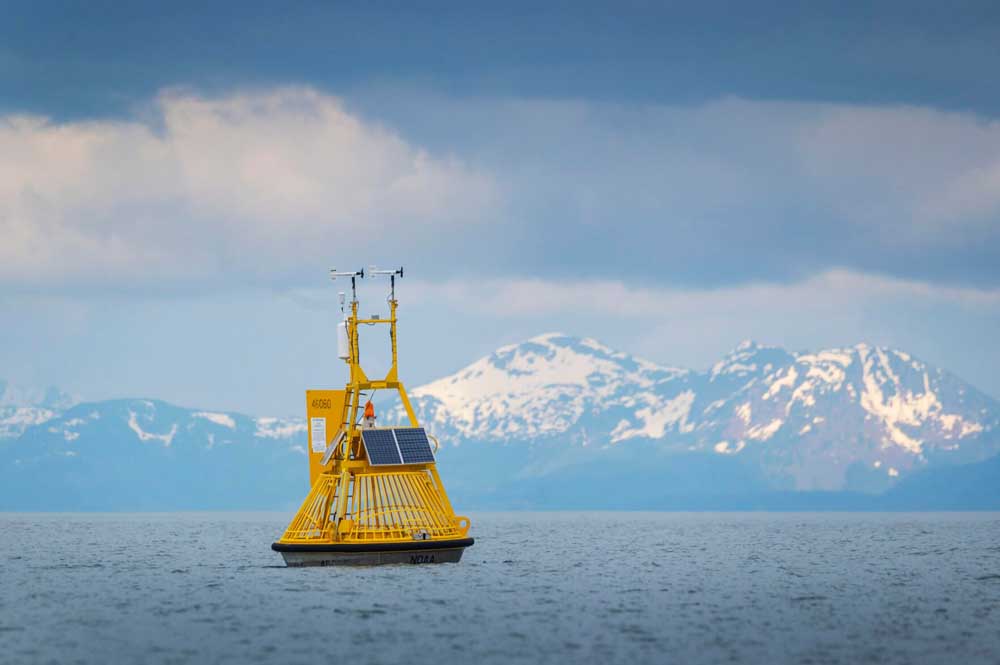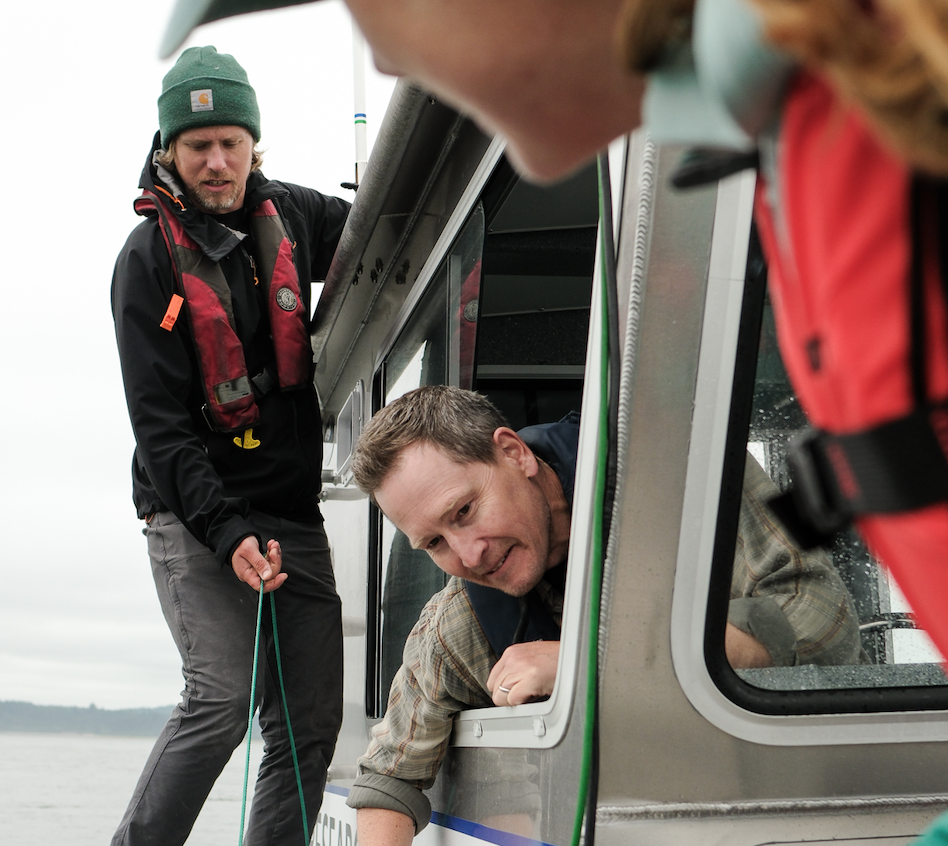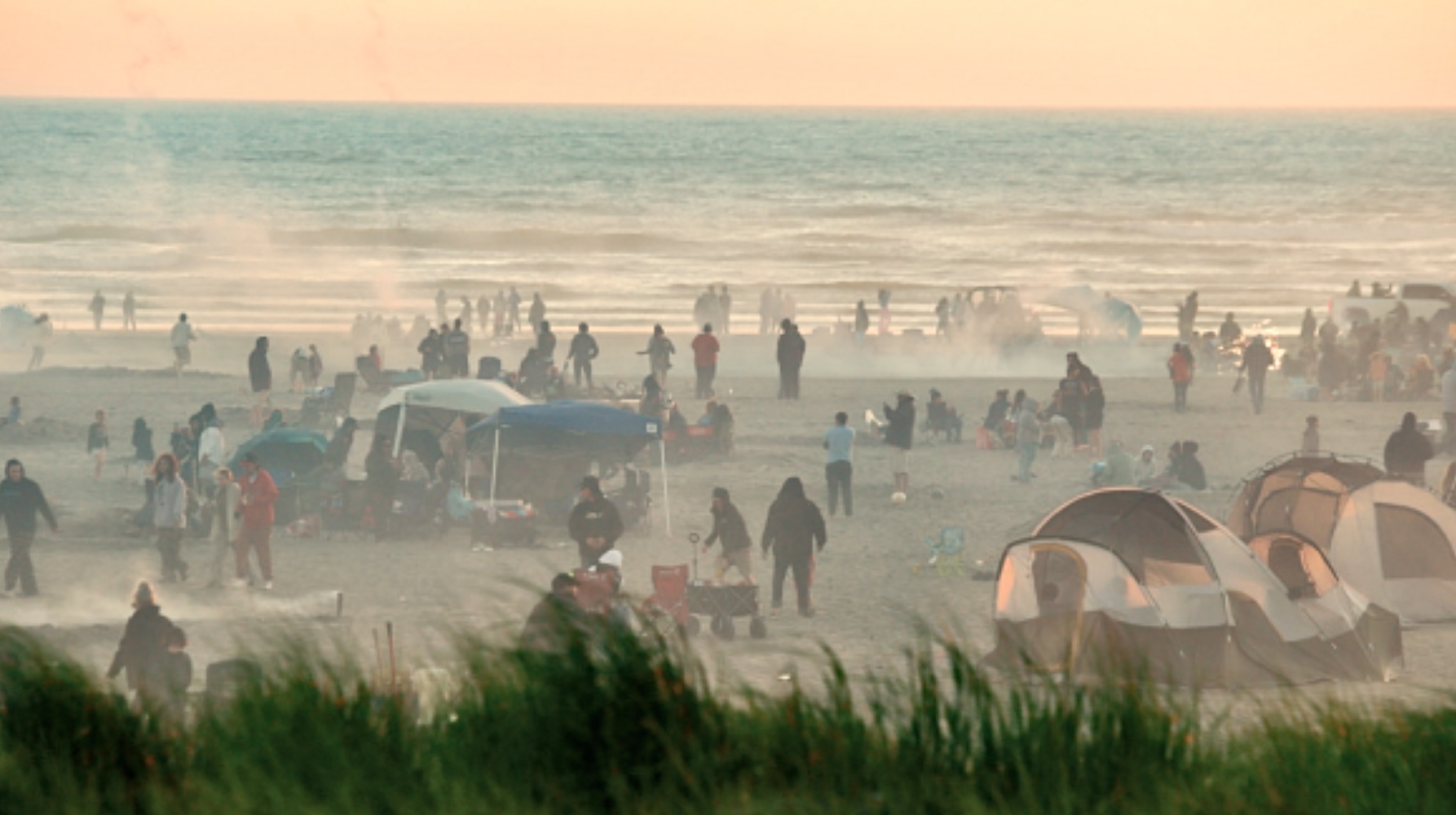Editorial: A crying need for better weather info
Published 10:50 am Sunday, March 10, 2024

- Large weather buoys, like the one shown here, are too often out of commission when they are most needed in storm season.
There are few true weather surprises in most of the nation nowadays. The same can’t be said for the mouth of the Columbia River or for most of the Oregon coast. This is a needless danger for fishermen and mariners.
As explored in recent news coverage (tinyurl.com/Broken-Buoys), commercial crabbers can’t rely on buoys intended to provide critical and timely information about sea conditions and wind speeds. These readings can make the difference between life and death for everyone engaged in one of the Pacific Northwest’s most hazardous occupations.
The National Oceanic and Atmospheric Administration operates two buoys at the mouth of the river that track real-time data that’s posted online — except when it isn’t. All too often, the buoys lose important functions early in storm season and wallow around with little purpose until the next time they can be repaired.
Currently, the buoys have been out of operation since late November and early December 2023, leaving commercial fishermen, Columbia River bar pilots and others in a challenging and sometimes perilous guessing game about the conditions on the water.
The National Data Buoy Center, part of NOAA’s National Weather Service, operates on a two- to three-year service schedule and mostly relies on the U.S. Coast Guard’s busy Aids to Navigation team for maintenance of the large buoys. One of the local ones is being tended to this month and the other in September or October.
Long and repetitive blind spots at the entrance to one of the nation’s major maritime transportation corridors are unacceptable. It is a mystery why our region’s generally well-engaged congressional delegation hasn’t insisted on a better strategy. Novice U.S. Rep. Marie Gluesenkamp Perez is to be commended for suggesting in January that NOAA get going on repairs sooner rather than later.
The troubling situation of perennially broken buoys is worsened by an omission we and others have called out before: The puzzling and concerning absence of Doppler radar coverage on the Oregon coast.
In 2011, thanks to the diligence of U.S. Sen. Maria Cantwell, D-Wash., such an advanced radar was put into service at Langley Hill in Grays Harbor County. It has been a transformative technology for all who live and work on the Washington coast. It reveals the detailed interior composition of approaching storms, which can be deceptively intense. Watching the storms roll in (radar.weather.gov/station/KLGX/standard) is vital for timing everything from picking up crab pots to walking the dog.
Langley Hill’s microwave beam extends down to the mouth of the Columbia and perhaps 50 miles beyond it to the south. But its limitations were obvious as recently as this past weekend, when a sequence of fast-moving small storms were repeatedly flung against the coast. Roiling cloudbursts were interspersed with more benign conditions. The Langley radar’s online display fades away around Tillamook, a distance that a strong southwesterly storm can transit in little more than an hour.
As we last noted in 2016, Doppler stations located along the Interstate 5 corridor are blocked by the Coast Range, Willapa Hills and Olympic Mountains from seeing much of the weather coming off the Pacific. The Oregon coast remains one of the last areas of the U.S. coastline without coverage. This is a risky gap, even for residents in our area who need to see what weather is heading our way.
In January KEZI News reported a Springfield company is considering installing a system of smaller privately owned Doppler stations to satisfy this need. (See tinyurl.com/KEZI-Doppler.)
“Climavision plans to install them on pre-existing buildings, or water towers, then sell the data to customers such as media partners and the National Weather Service on a subscription basis,” KEZI reports.
Private industry has shown promise in helping provide weather information that was once strictly the purview of government. Whether Climavision’s business model will adequately address the need for detailed knowledge of incoming southwest storms is unclear and will depend on its availability, affordability and reliability. While we applaud the company’s entrepreneurial zeal, it’s odd that an advanced nation hasn’t previously addressed this basic need.
It’s no wonder the weather is a primary conversational topic here — if we were in a novel, this coast’s climatic tantrums and sulks would be a leading character. Seeing its punches before they land is essential to successfully living here.









